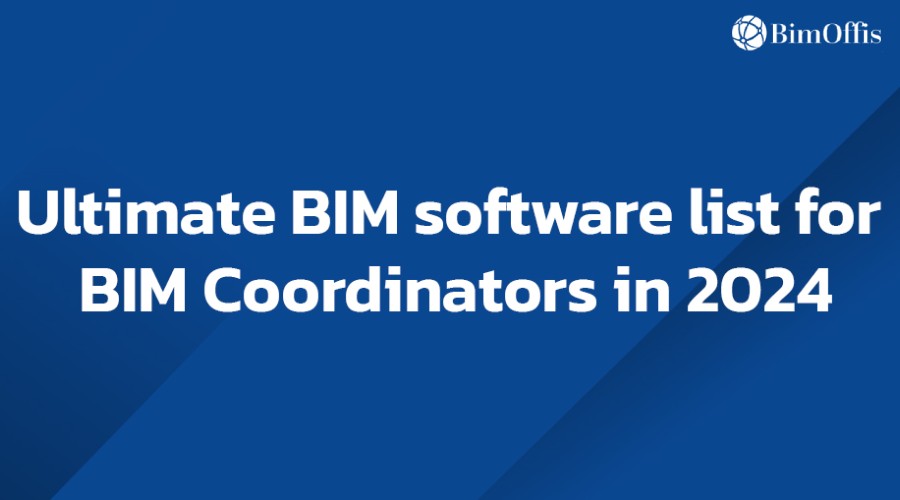
Introduction
Building Information Modeling (BIM) has become a cornerstone in the architecture, engineering, and production (AEC) industries, transforming how initiatives are deliberate, designed, constructed, and controlled. For Mechanical, Electrical, and Plumbing (MEP) designers, BIM gives unique gear and methodologies to enhance the precision and efficiency in their work. This manual delves into how MEP specialists can harness the electricity of BIM in 2024, protecting the whole lot from the fundamentals to superior techniques.
The Basics of BIM for MEP Design
BIM for MEP design involves growing digital representations of the mechanical, electrical, and plumbing systems inside a constructing. This model isn’t always only a drawing; it’s a dynamic database that gives a wealth of data for the duration of the lifecycle of a constructing. For MEP designers, BIM gives the following benefits:
- Enhanced Coordination: Reduces clashes and rework by integrating and visualizing all systems in a single model.
- Improved Accuracy: Allows precise calculations and simulations to predict system behaviors under various conditions.
- Increased Efficiency: Streamlines the design process with tools tailored for MEP-specific tasks.
Essential BIM Tools for MEP Designers
In 2024, several BIM equipment stand out for MEP layout, along with Autodesk Revit, AutoCAD MEP, and Bentley Systems. These tools are designed to deal with the complexities of MEP structures with features that aid in precise modeling, evaluation, and documentation. Key abilties to look for in a BIM device consist of:
- 3D Modeling: For detailed visualization of mechanical, electrical, and plumbing systems.
- Clash Detection: To identify and resolve conflicts before construction begins.
- Energy Analysis: For optimizing the energy efficiency of building systems.
Implementing BIM in MEP Projects
Transitioning to BIM may be an extensive shift for MEP designers. To effectively put into effect BIM, keep in mind the subsequent steps:
- Training: Ensure that the team is proficient in using BIM tools through structured training and ongoing support.
- Integration: Gradually integrate BIM approaches into cutting-edge workflows to minimize disruption.
- Collaboration: Leverage BIM’s collaborative gear to enhance communication with architects, structural engineers, and contractors.
Advanced Techniques and Tips
As MEP designers end up greater comfortable with basic BIM functionalities, exploring advanced techniques can in addition beautify undertaking consequences. These include:
- Parametric Modeling: Utilize scripts to automate routine tasks and generate complex system configurations.
- 4D and 5D BIM: Integrate time and cost data to manage project timelines and budgets more effectively.
- Virtual Reality (VR): Use VR to conduct immersive reviews of complex systems and identify potential issues in the design phase.
Future Trends in BIM for MEP
Looking forward to 2024 and beyond, several tendencies are poised to form BIM for MEP:
- Artificial Intelligence (AI): AI-driven tools will predict system performances and automate design adjustments.
- Internet of Things (IoT): IoT devices will provide real-time data from buildings to enhance the operation and maintenance of MEP systems.
- Sustainability Analysis: BIM tools will increasingly incorporate sustainability metrics to design more energy-efficient and environmentally friendly systems.
Conclusion
BIM is more than just a technology— it’s a transformative approach that gives MEP designers a comprehensive toolkit for designing extra efficient, accurate, and collaborative projects. As we move into 2024, embracing these gear and traits will be important for staying aggressive and meeting the more and more complicated demands of the construction industry.
By maintaining up with the cutting-edge advancements and leveraging the entire capacity of BIM, MEP designers can achieve better standards of venture execution and performance. This guide goals to be your go-to resource for mastering BIM within the MEP zone in 2024 and past.

